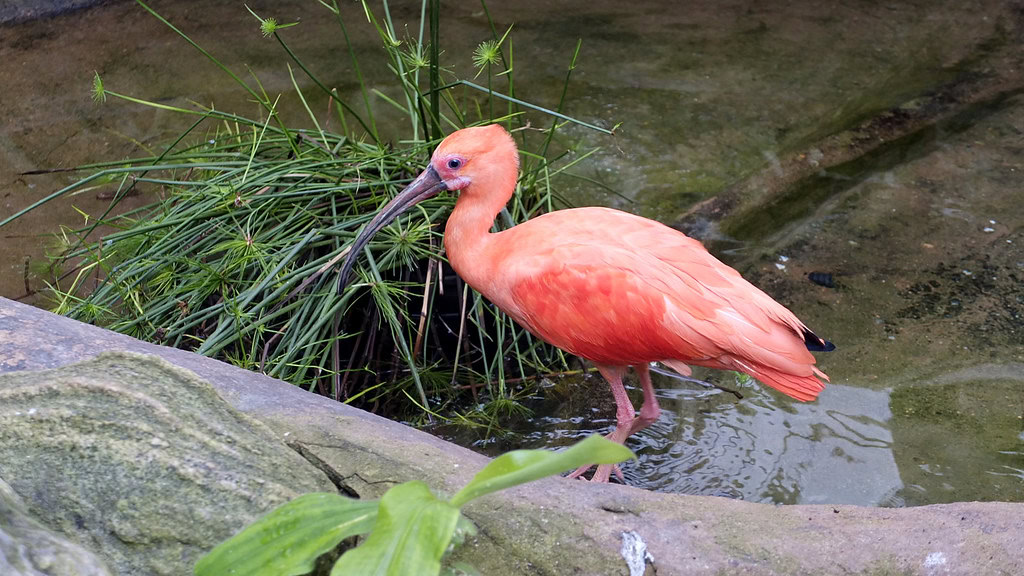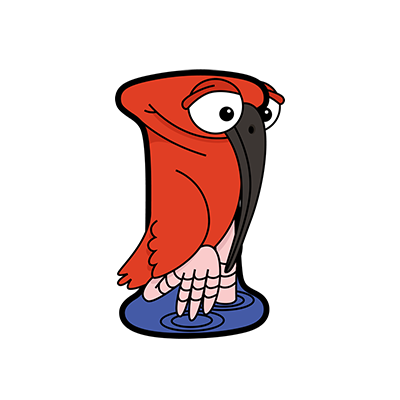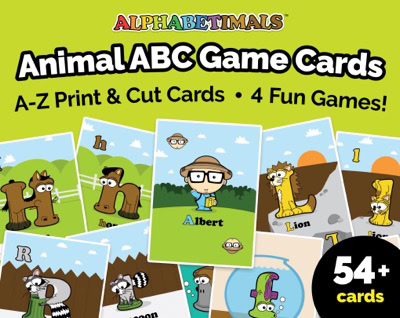
The Ibis is a tall bird with a long, curved bill and bright plumage. Kids can spot ibises near lakes, rivers, and wetlands. They walk slowly and poke their beaks into mud to find tasty snacks. These birds look a bit like graceful dancers strutting in shallow water!
Watch a Ibis in Action!
See how an ibis eats and flies around!
What Is a Ibis?
An ibis is a water bird with a long curved bill that helps it find food in mud.
- They have long necks and legs for wading in water.
- Their curved bills help them reach insects and small creatures.
- Many ibises travel in groups and build nests in tall trees or reeds.
Where Do Ibises Live?
Ibises live in many warm places around the world where there is water nearby.
- Often found near lakes, rivers, swamps, and marshes.
- They live in countries across Africa, Asia, Australia, and the Americas.
- They build nests in trees or reeds close to water.
What Do Ibises Eat?
Ibises use their long bills to find yummy food in shallow water or mud.
- They eat insects like beetles, grasshoppers, and dragonflies.
- They also eat small frogs, snails, and crustaceans like tiny crabs.
- Some ibises even eat little fish found in mud.
How Big Is a Ibis?
Ibises are about as tall as a small child, using their long legs to wade in water.
- Height: about 20–24 inches (50–60 cm), similar to a chair back.
- Wingspan: up to 30 inches (75 cm), like a wide-open backpack.
- Weight: 1–2 pounds (0.5–1 kg), about the same as a small bag of sugar.
What Sound Do Ibises Make?
Ibises make soft croaks, grunts, and gentle honks—kind of like a quiet kiss.
Cool Ibis Facts
Here are some fun things about ibises that kids love:
- Ibises fly with their necks stretched out straight.
- They often travel and feed in large groups called flocks.
- Some build nests 7 feet (2 m) high in trees to stay safe from predators.
- Baby ibises can leave the nest just one week after hatching!
- They helped farmers by eating bugs in rice paddies.
- Ibises are very old birds—people drew them in ancient art thousands of years ago.
Printables and Coloring Fun
Get creative with ibis coloring fun!
Ibises in the Eco‑System
Ibises help keep wetlands clean and healthy by eating insects and small creatures.
- They control insect populations that could damage plants.
- About 1.5 million ibises live across the world, but some types are declining.
- Several ibis species are near threatened because their wetland homes are being lost.
Ask a Grown‑Up to Help You Learn More
These websites have lots more fun facts about ibises!
Fun Questions About Ibises
Ibises eat insects, small frogs, snails, and tiny fish from mud and shallow water.
They build nests in tall trees or reeds near water.
They use their long curved beaks to probe mud for food.
An ibis is about as tall as a chair back (20–24 inches or 50–60 cm).
Yes, baby ibises can leave the nest when they are just about one week old.
Yes, they often fly and feed in flocks with friends.
They help control bugs and keep wetlands healthy.
Some ibis species are near threatened because their wetland homes are disappearing.
Ways to Donate and Support Ibises
You can help protect ibis homes by giving to wetland conservation groups.
Sources: Wikipedia, Live Science, Creative Commons, Britannica.com and Freesound.org

Alphabetical list of animals that start with I
A full alphabetical list of popular animal names that begin with the letter I for toddlers and preschool kids.
Which one should be the next Alphabetimal? Let us know on our facebook page.
All animals A-Z
Animal phonics alphabet
Animals that start with common phonics digraphs
Animal facts for kids
Other animal collections
Try our Printable Alphabet Worksheets! Download a FREE SAMPLE or preview all 200+ on Etsy.com or TeachersPayTeachers.com



